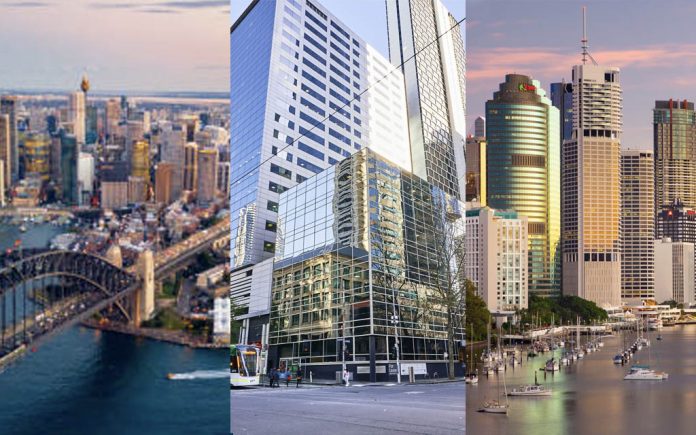
CLANCY OVERELL | Editor | CONTACT
Recent data shows that nobody is feeling the pinch of the Australians housing crisis more than the millions of people that reside in our capital cities.
Both major parties have been criticised for lacklustre housing policies during the 2025 Federal Election campaign, with it now becoming clear to younger voters that the political class are hesitant to tinker with the current system that has caused unprecedented class disparity.
With housing speculation now recognised as one Australia’s major industries, both state and federal governments have their hands tied by the major institutions that rely on the hysterical growth of property prices. From our media companies with their billion dollar property listings, to the developers who donate generously, to the baby boomer investors who were born in the right place at the right time and will vote for whoever promises to make sure they keep getting richer.
For years, the easiest answer to the housing crisis has been ‘decentralisation’ – However, after a decade of this, it has become clear that this approach does nothing but spread the housing insecurity into the regions, where people are a lot poorer.
With both the poor, working class, middle class, and upper middle class competition for a roof – this crisis has been magnified by the fact that consecutive governments have worked tirelessly to shave down public housing from 10% to 3% over the last 30 years.
Due to the hysterical fear that property investors have towards low-socio-economic communities, governments must now only refer to public housing as ‘social’ and ‘affordable housing’. They make up perhaps the least prioritised segment of the property market.
But rich or poor, there’s still not enough homes. This is due to both a lack of supply, and a record-amount of empty dwellings due to tax loopholes that mean investors are incentivised to keep their properties vacant.
As major services hubs and the homes to our nation’s central business districts, the vast majority of Australians need to live in either Melbourne, Adelaide, Perth, Sydney or Brisbane.
This is either due to the fact that majority of services are based there, or they have generational family and community ties to the cities – and would like to live where the grew up.
But the cities, and our politicians, also need to juggle the commercial real estate market. Perhaps the most important segment of the market behind the multimillion dollar luxury apartments that developers keep pointing to as examples of new builds.
In the post-pandemic ‘work from home’ era – nobody has yet though to question why our CBDs still need thousands of empty skyscrapers full of offices that nobody works in any more. Buildings that could easily be repurposed into millions of new homes.
The only people that seem to think that these buildings will one day return to bustling hubs of white collar workers and public servants are the commercial real estate agents with photos of their bleached teeth on the ground floor windows, and the politicians they donate to.










